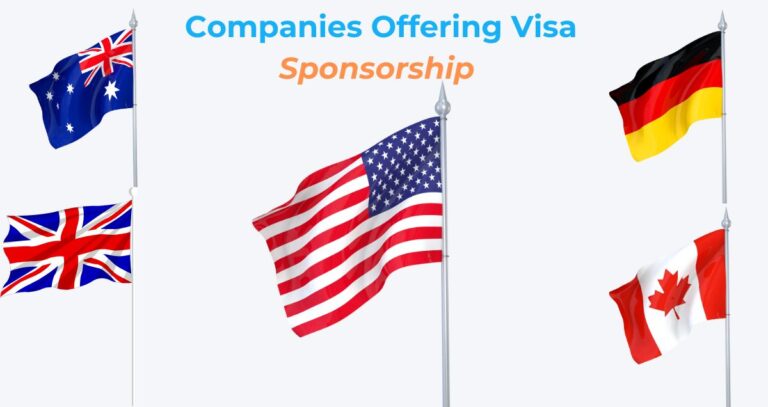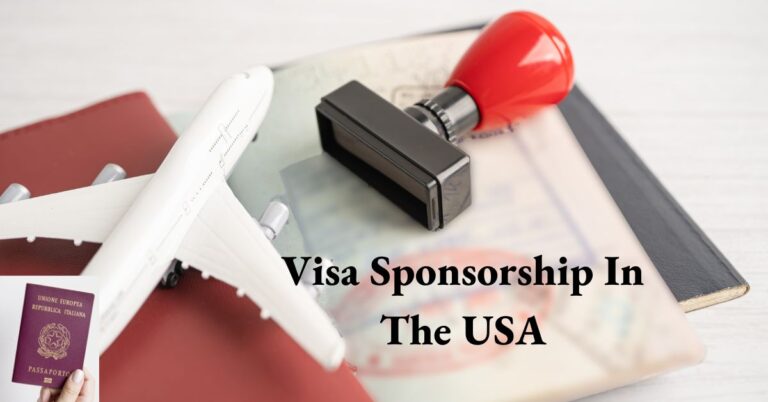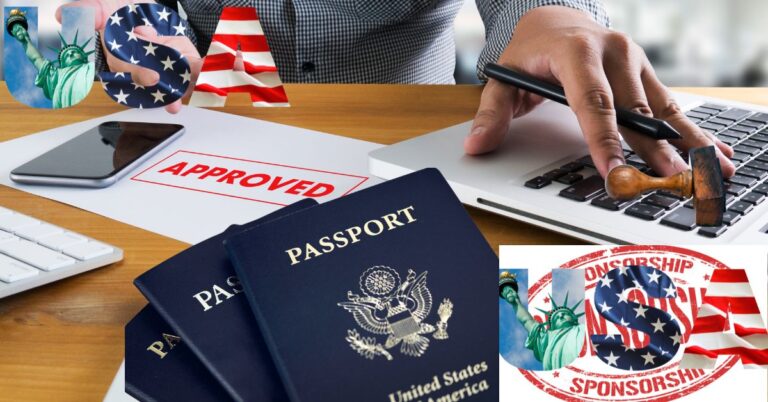Every year, thousands of international applicants are drawn to the U.S., seeking to build successful careers, gain valuable experience, and access opportunities that can shape their future. But steering the process of securing a U.S. work visa can feel overwhelming, with countless questions surrounding which visa type is right for you and how to apply.
Let’s break down the complexities, offering clear, actionable advice on how you can secure a work visa USA tailored to your situation—whether you’re a skilled worker seeking an H-1B visa, an executive needing an L-1 visa, or an extraordinary talent eyeing the O-1 visa.
With proper understanding, you can avoid the snags of the process, ensure you meet the necessary h1b visa requirements, and discover how visa sponsorship and employment-based visas could open the door to permanent residency and even U.S. citizenship.
In this U.S. visa applications overview, we’ll detail the eligibility criteria, the steps involved, and how an immigration lawyer or U.S. visa consultant can be invaluable resources along the way. From the highly sought-after H-1B lottery to pathways like the EB-5 visa for investors, understanding the right category for your career goals is crucial.
Don’t Miss Any Single Steps Before You Proceed Your Application. Kindly Read Carefully.
H-1B Visa – Skilled Workers and Specialty Occupations
The H-1B visa is one of the most popular U.S. work visas designed for skilled professionals who possess specialized knowledge in fields such as technology, healthcare, engineering, and more. It allows qualified individuals to live and work in the United States for a specific employer, opening doors to incredible career opportunities.
The U.S. has set an annual cap on the number of H-1B visas issued, making it a highly competitive process. Applicants often enter through the h1b lottery, which randomly selects eligible candidates due to the high demand. This is why it’s crucial to ensure you meet all h1b visa requirements before applying.
Educational and Job-Specific Qualifications
To qualify for an H-1B visa, you must:
- Have a job offer from a U.S. employer willing to sponsor your visa.
- Hold at least a bachelor’s degree in a relevant field.
- Prove that the position you’re applying for requires specialized knowledge and skills.
Employers must file a U.S. visa application on behalf of the applicant, proving that they meet all legal requirements to hire a foreign worker. In addition, applicants should possess strong English language proficiency to adapt to the U.S. workplace culture.
The H-1B visa can also be a stepping stone to permanent residency (green card), allowing you to apply for green card applications while working. Many individuals on H-1B visas transition to becoming U.S. citizens through employment-based pathways, making it a highly valuable option for skilled professionals.
O-1 Visa – For Individuals with Extraordinary Ability
The O-1 visa is ideal for individuals who can demonstrate a level of achievement that distinguishes them from their peers. Whether you’re an acclaimed artist, a renowned researcher, or a top executive, the O-1 visa offers a flexible option to work in the U.S. for a temporary period. The visa is granted based on your achievements and reputation within your field.
Unlike the H-1B visa, there is no annual cap on O-1 visas, making it accessible to those who meet the strict eligibility criteria. However, applicants must be able to provide evidence of sustained national or international acclaim.
Work Permit and Employment Considerations
The O-1 visa provides a work permit USA for individuals with extraordinary ability, allowing them to work for a U.S. employer who has filed a petition on their behalf. The visa is tied to a specific employer, but with the right conditions, it can be transferred to another employer if necessary.
In terms of eligibility, applicants must:
- Provide evidence of major awards or recognition in their field.
- Show that they have sustained prominence in their industry over a period of time.
- Be sponsored by a U.S. employer willing to support their visa petition.
L-1 Visa – Intra-Company Transfers
The L-1 visa is a powerful option for employees working for multinational companies who are being transferred to a U.S. branch. This visa is ideal for executives, managers, or employees with expert knowledge. The L-1 visa allows international companies to bring over their key talent to the U.S., ensuring seamless operations and continuity across borders.
Who Qualifies for an L-1 Visa?
To qualify for the L-1 visa, the employee must have worked for the company’s branch outside the U.S. for at least one continuous year within the last three years. The applicant must be entering the U.S. to work in a managerial or executive capacity or as someone with specialized knowledge that is essential to the company’s operations.
TN Visa – Professionals from Canada and Mexico
The TN visa is a unique visa category specifically for professionals from Canada and Mexico under the North American Free Trade Agreement (NAFTA), now known as the United States-Mexico-Canada Agreement (USMCA). This visa offers a streamlined process for professionals in designated occupations, such as engineers, teachers, and scientists, to work in the U.S.
EB-5 Visa – Investor Visa for Permanent Residency
For individuals with the financial means to make a significant investment in U.S. businesses, the EB-5 visa offers a unique pathway to permanent residency. This visa is geared toward investors who are willing to contribute a substantial amount to a U.S. commercial enterprise, creating jobs for American workers.
The EB-5 visa requires a minimum investment of $1.8 million (or $900,000 in a targeted employment area), and the investment must create at least 10 full-time jobs for U.S. workers. This visa not only allows individuals to live and work in the U.S., but it also opens the door to obtaining a green card, providing a long-term option for residency. For those looking to gain U.S. citizenship through investment, the EB-5 visa is a strategic opportunity.
Visa Sponsorship and U.S. Work Visa Application Process
Securing a U.S. work visa often hinges on obtaining visa sponsorship from a U.S. employer. Visa sponsorship means that a company is willing to take responsibility for filing the necessary paperwork with the U.S. government, showing that the job requires a foreign worker.
Visa Sponsorship Jobs
For many applicants, finding an employer that offers h1b sponsorship or other forms of visa sponsorship is a crucial first step. Sponsorship is typically required for visas like the H-1B visa and L-1 visa, where the employer must demonstrate that they cannot find a suitable U.S. worker for the position. Companies often work with U.S. visa consultants to ensure the process goes smoothly, and obtaining sponsorship can be the key to unlocking the opportunity to work in the U.S.
CHECK OUT: Top In-Demand Jobs For Immigrants In The USA (2024/2025)
How to Apply for U.S. Work Visas
Once you’ve secured sponsorship, the next step is the application process. Here’s a basic step-by-step guide:
- Determine Eligibility: Ensure that you meet all qualifications for the specific visa category you’re applying for, such as h1b visa requirements.
- Employer Petition: Your employer must file a petition with U.S. Citizenship and Immigration Services (USCIS).
- Complete the Application: Submit your U.S. visa application, including necessary documentation such as proof of qualifications, job offer, and educational background.
- Attend the Visa Interview: You may need to attend an interview at a U.S. embassy or consulate to complete the process.
- Approval and Entry: Once your visa is approved, you’ll receive permission to travel to the U.S. and start working.
Additional Work Visa Categories and Special Considerations
There are several other work visa categories that may apply to different professions and sectors. While the H-1B visa, O-1 visa, and L-1 visa are among the most well-known, other options like the EB-1 (for priority workers) and EB-2 (for advanced degree holders) provide specialized pathways for certain professionals.





